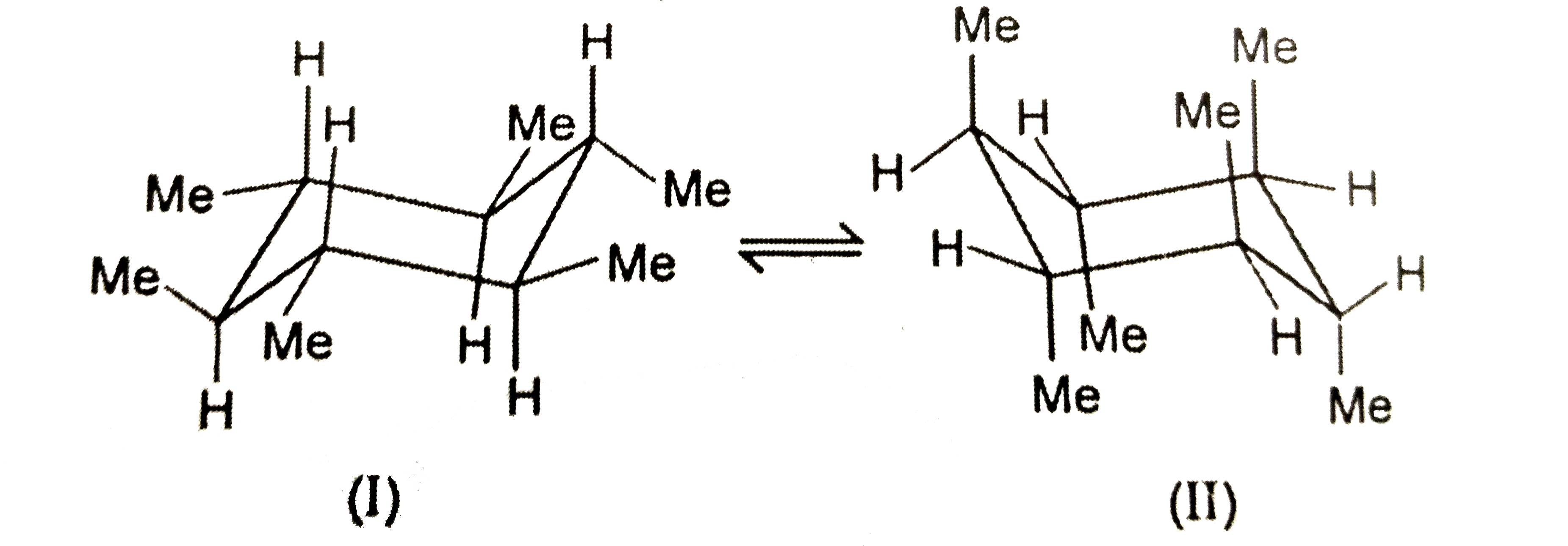Among TeF6,SeF6 and SF6 which is more stable?
To determine which of the compounds TeF6, SeF6, and SF6 is more stable, we can analyze the stability based on the size of the central atom and the steric hindrance caused by the fluorine atoms.
Step 1: Analyze the central atoms
- The central atoms in the compounds are Tellurium (Te), Selenium (Se), and Sulfur (S).
- Sulfur is the smallest among these three elements, followed by Selenium, and then Tellurium.
Hint: Consider the atomic size of the central atom and how it affects the bonding with fluorine.
Step 2: Consider steric hindrance
- In SF6, the small size of sulfur allows it to accommodate six fluorine atoms without significant steric hindrance.
- In SeF6 and TeF6, the larger central atoms (Se and Te) experience more steric hindrance due to their larger size, which can lead to instability.
Hint: Think about how the size of the central atom influences the arrangement of surrounding atoms and the resulting steric interactions.
Step 3: Evaluate electronegativity and bond strength
- Fluorine is highly electronegative, which means that it forms strong bonds with the central atom.
- In SF6, the strong S-F bonds are stable due to the small size of sulfur, which allows for effective overlap of orbitals.
Hint: Reflect on how electronegativity affects bond formation and stability in these compounds.
Step 4: Conclusion
- Given the analysis of atomic size, steric hindrance, and bond strength, SF6 is the most stable compound among TeF6, SeF6, and SF6.
- The larger central atoms in SeF6 and TeF6 contribute to instability due to increased steric hindrance and less effective bonding.
Final Answer: SF6 is the most stable compound.
- The central atoms in the compounds are Tellurium (Te), Selenium (Se), and Sulfur (S).
- Sulfur is the smallest among these three elements, followed by Selenium, and then Tellurium.
- In SF6, the small size of sulfur allows it to accommodate six fluorine atoms without significant steric hindrance.
- In SeF6 and TeF6, the larger central atoms (Se and Te) experience more steric hindrance due to their larger size, which can lead to instability.
- Fluorine is highly electronegative, which means that it forms strong bonds with the central atom.
- In SF6, the strong S-F bonds are stable due to the small size of sulfur, which allows for effective overlap of orbitals.
- Given the analysis of atomic size, steric hindrance, and bond strength, SF6 is the most stable compound among TeF6, SeF6, and SF6.
- The larger central atoms in SeF6 and TeF6 contribute to instability due to increased steric hindrance and less effective bonding.
Topper's Solved these Questions
- BOOK - CENGAGE CHEMISTRY ENGLISHCHAPTER - APPENDIX INORGANIC VOLUME 2EXERCISE - Exercises137videos
APPENDIX INORGANIC VOLUME 2
- BOOK - CENGAGE CHEMISTRY ENGLISHCHAPTER - ALIPHATIC AND AROMATIC ALDEHYDES AND KETONESEXERCISE - Archives Subjective26videos
ALIPHATIC AND AROMATIC ALDEHYDES AND KETONES
- BOOK - CENGAGE CHEMISTRY ENGLISHCHAPTER - AROMATIC COMPOUNDS AND ALKYL AND ARYL HALIDES EXERCISE - Archives Subjective Type4videos
AROMATIC COMPOUNDS AND ALKYL AND ARYL HALIDES
Similar Questions
Knowledge Check
- Question 1 - Select One or More
Among following anions which are more stable than
 ACH2=CH−өCH2B
ACH2=CH−өCH2B CCH3−O∣∣C−өCH2D
CCH3−O∣∣C−өCH2D
Among CaH2,NH3, and B2H6 which are covalent hydrides?
View SolutionWhich tautomer isomer is more stable :
 View Solution
View SolutionWhich of the following shapes of SF4 is more stable and why?
 View Solution
View SolutionWhich among the following free radicals is most stable
View SolutionExplain the structures of PCl5 and SF6 with in the framework of octet rule.
View SolutionWhich of the following ions is more stable ?
 View Solution
View SolutionAmong the complex ions given below which is/are outer-orbitals complex-I- [Co(CN)6]4−II-[Fe(H2O)6]2+ III-[FeF6]3− IV-[CoF6]3−
View Solution

